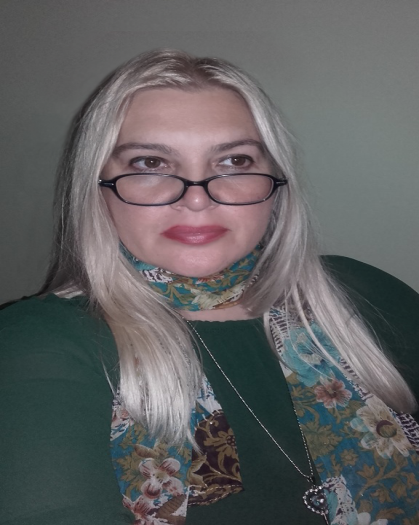
My Mother – My Lifelong Confidante and Support
In life, every person has someone they can lean on, someone they trust wholeheartedly, someone closest to their heart. For me, that person is my mother.
She is not just a mother — she is my guiding light, my kind soul, my confidante, and most importantly, my pillar of strength. The word “mother” is not an ordinary word — it symbolizes bravery, the highest form of patience and loyalty, and an endless source of love. The greatness, compassion, and profound meaning in the word “mother” can only be felt through the heart.
A mother’s heart holds pure and unconditional love, untouched by any circumstances. My mother is the most ideal person in my life. Every step she has taken in life has been for her children. She has endured every hardship with patience and strength. To this day, she has been ready to sacrifice anything for the happiness, health, and future of her four children.
This is not something ordinary — this is proof of the boundless greatness, courage, and nobility of a mother’s heart. My mother has always been my strength. Every time I fell, she held my hand. Every time I cried, she wiped away my tears. Every time I rejoiced, she was even happier than me.
My mother is not a confidante for just a day, but for a lifetime. She is the only person to whom I can tell my deepest secrets, who never judges me, and who accepts me just as I am. Her embrace is a sanctuary of peace, love, and kindness. Her every prayer is a light on my path, and every look in her eyes strengthens my heart.
If someone were to ask me who the most ideal person in my life is, I wouldn’t hesitate to say: “It’s my mother.” Because she is unmatched in love, limitless in sacrifice, and undefeatable in patience.
My mother not only gave me life, but also taught me how to live it. If I am someone today, it is because of her efforts, love, and prayers. She is my greatest treasure, my most trusted friend, and my most loving teacher — the one I will always rely on.
I, Boyqobilova Nargiz Alimardonovna, was born on September 8, 2001, in Oqarbuloq Mahalla, Oltinsoy District, Surkhandarya Region. I am 25 years old. Currently, I am the beloved first daughter of my parents and my parents-in-law, a cherished wife to my husband, and a proud mother of two sweet daughters.
I am a third-year student at the Faculty of Natural Sciences, majoring in Biology at Termez State University.






